Basically a plant maintenance shutdown is split into three steps, which are as follows:
- Pre shutdown
- Shutdown
- Post shutdown
Pre-shutdown:
Pre-shutdown is preparation for the shutdown. It is classified into three distinctive phases
- Shutdown initiation
- Shutdown planning
- Scheduling
Shutdown objectives are
- Zero harm to the workforce
- Shutdown costs to be withing budget cost.
Shutdown Initiation Phase
In the shutdown initiation phase, objectives are clearly defined. Such as
- Shutdown date
- Shutdown duration
- Shutdown budget
- Shutdown objectives
- List of equipment to be taken offline
- Scope of work for equipment taken offline
- Equipment to be modified
- Who will manage, execute shutdown?
- Key dates for shutdown phase
Shutdown Planning
The planning phase starts one year, two years ahead of a shutdown is carried out depending upon the organization to organization. It is about a shutdown workforce, identifying parts, labor, equipment, and other resources. By the involvement of high-level meetings with the involvement of operation, maintenance, and engineering departments.
In the planning phase, long interval time is to be identified, as necessary items are procured and stored.
Labor: the size of the extra labor requirements must be identified and organized. Service orders for contractors to be initiated, specialists resources must be identified and planned for his or her mobilization.
Equipment: requirement for specialized things like handtools, cleaning equipment, heavy lifting equipment, forklifts.
Scheduling: A passionate shutdown team is appointed. Shutdown schedulers, shutdown planners are given separate responsibilities.
Identifying shutdown priorities and then shutdown schedules according to priorities.
Planning determines what, how and why the work is being administered.
Scheduling determines who and when the work is to be administered.
Scheduling requires a great deal of coordination and organizing to bring the upkeep program together.
Shutdown:
When it comes to the shutdown, execution is with only one step. Shutdown normally planned for 30-45 on average.
Initially, when the zero date starts, all the operations are closed, equipment is internally cleaned and manholes are opened. Preliminary equipment internals and externals are inspected, some additions are made after internal-external inspections.
Following are the steps preparing equipment to be shutdown require the equipment to be
Plant maintenance supervisory staff are responsible for driving shutdown execution. They use work packs by the shutdown planner in conjunction with the shutdown scheduler to complete the task within a stipulated time.
Shutdown supervisors/Engineers must update work progress regularly to shutdown scheduler even shift wise. The shutdown scheduler is then responsible for monitoring the overall progress of the shutdown. Review meetings chaired by shutdown manager are carried out to smooth functioning of the shutdown process.
Instrumentation activities such as isolation of field instruments, servicing, calibration fixing back and loop checking is to be carried out as per scheduler.
The engineering inspection team evaluates the quality of work. Everything is checked and reverified the box up activity starts.
Post-shutdown:
Once the shutdown completion is notified, all the supporting equipment go offsite.
Post shutdown analysis is carried out soon after the shutdown is completed.
The shutdown maintenance process must be well documented and can be utilized for planning future shutdowns.
The secret fo a successful shutdown is the result of preparation, hard work and learning from failure.
Read Next:
- Emergency Shutdown Philosophy
- Compressor Shutdown RCA
- Shutdown Valve
- Instrument Maintenance
- Maintenance Override Switch
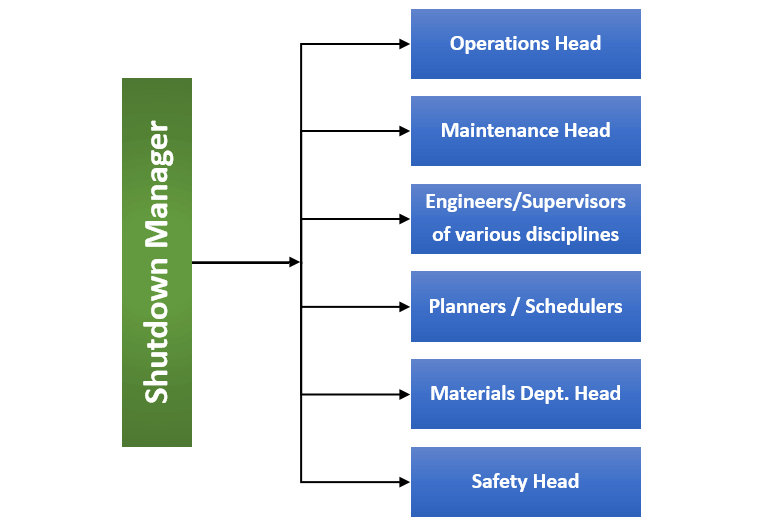
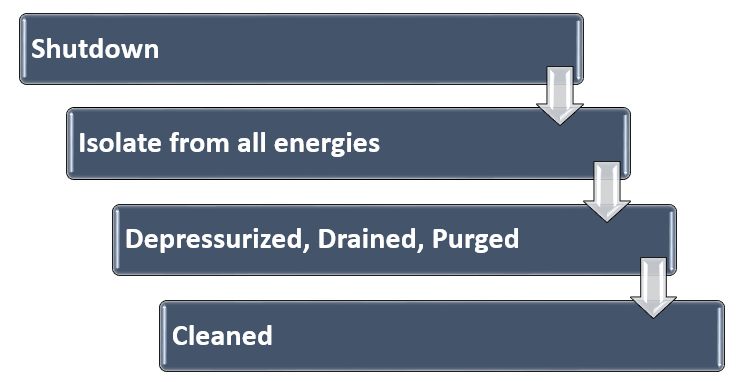
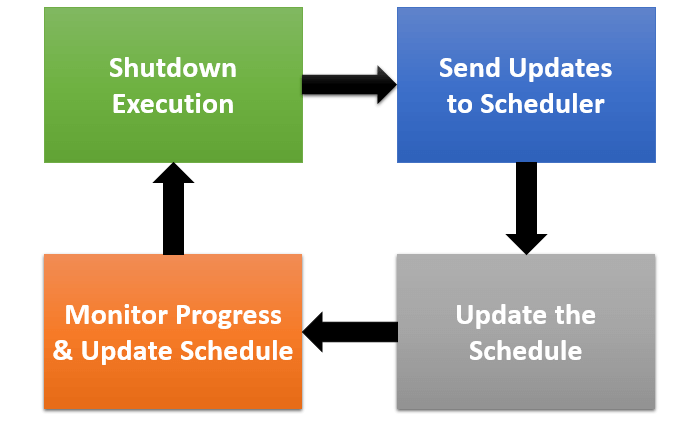
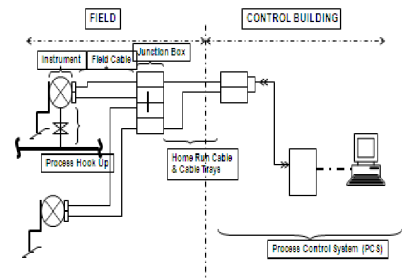
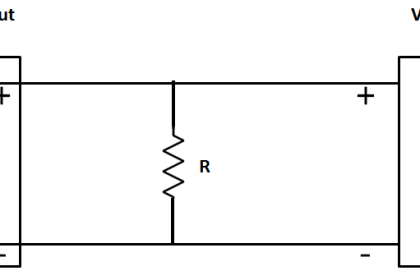
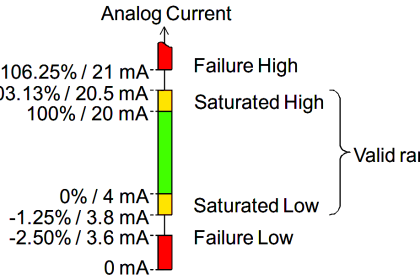
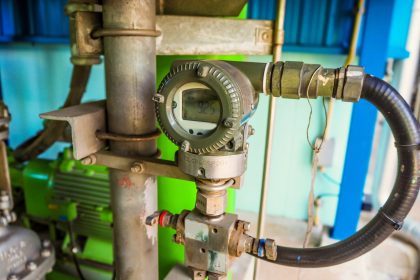
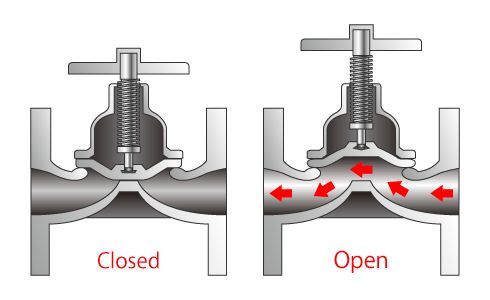
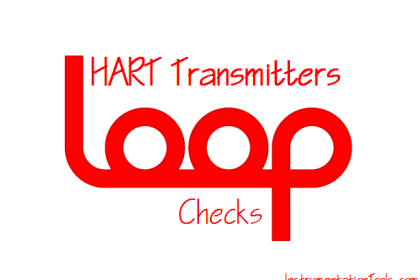
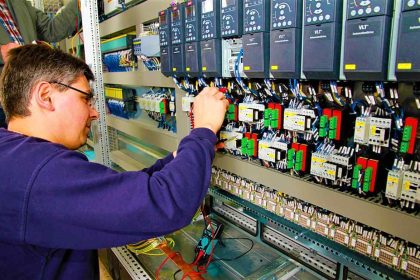
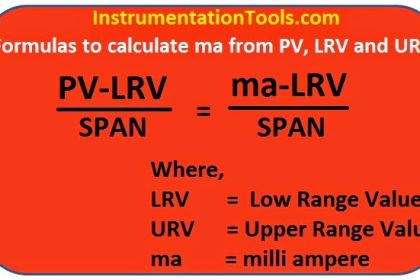
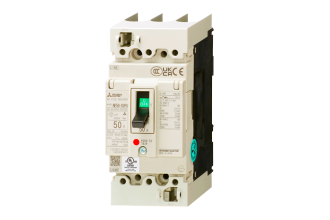

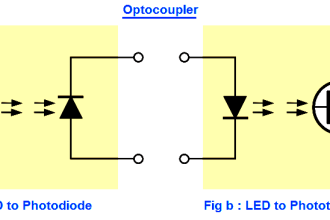
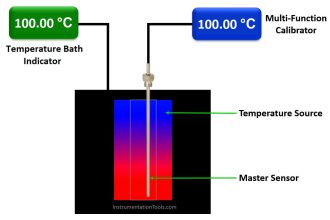

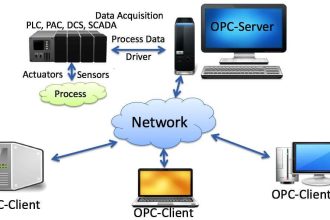
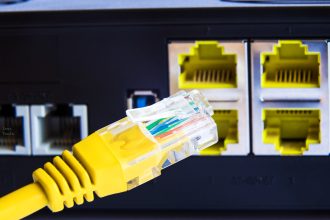
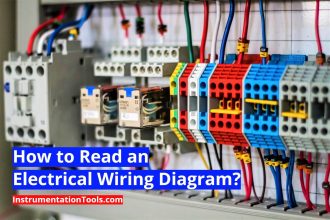

good explanation